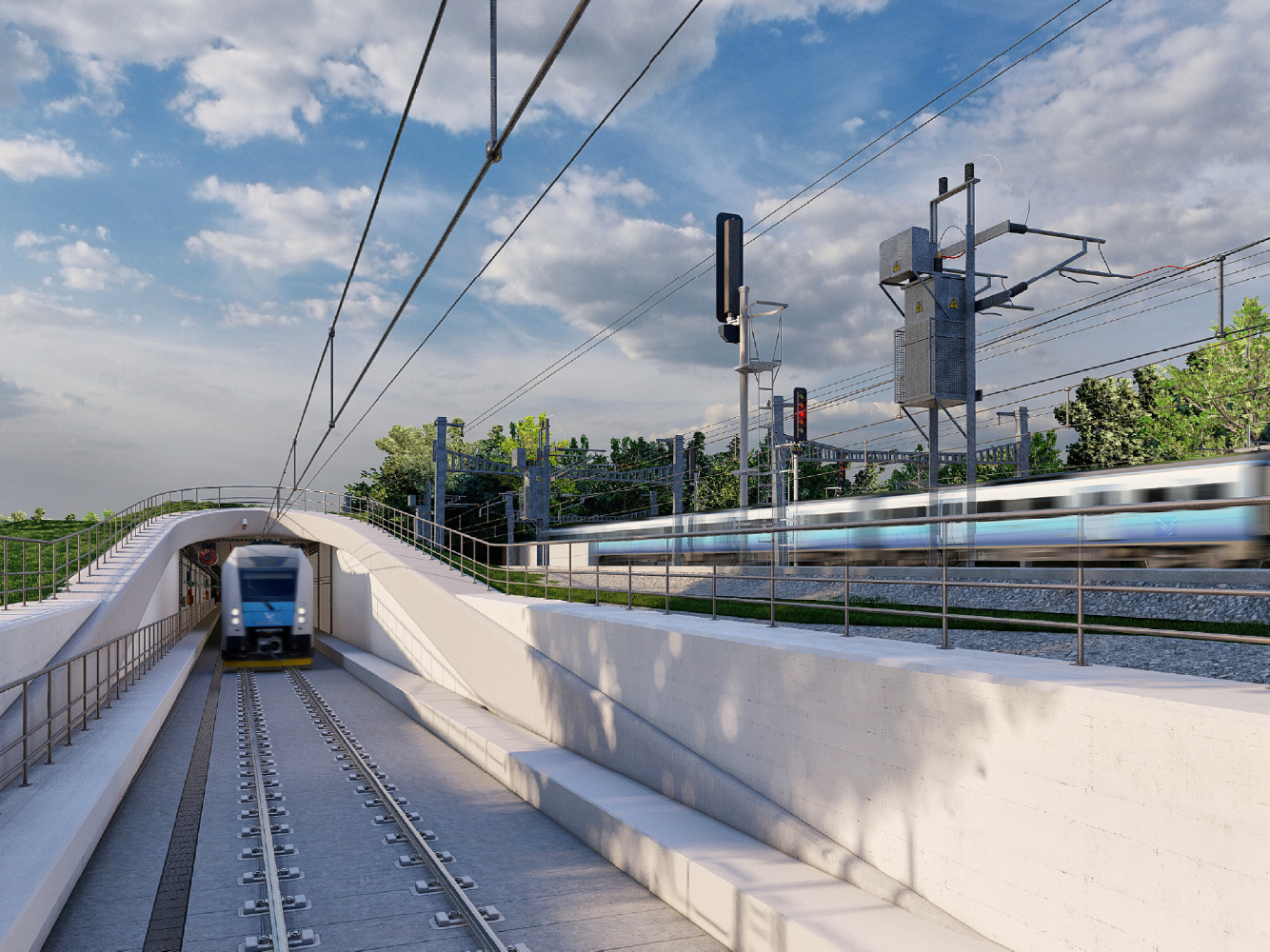Mel Togolo, country manager of Nautilus Minerals Niugini Ltd (Nautilus) talks to Jayne Flannery about the company’s pioneering work to explore and develop seafloor mineral deposits in the South Pacific.
The deep ocean has been slow to give up its resources. Volcanogenic massive sulphides (VMS)—the source of a lot of the world's copper, gold, zinc and silver to date—are now largely mined and there are few new quality finds on land. Deposits within their undersea geological equivalent, on the other hand, known as seafloor massive sulphides (SMS), have yet to be completely mapped and the rate of discovery is high (and the grades are high too).
Nautilus is a leading force and pioneer within the industry of exploration and development of SMS systems. The company, which is listed on the Toronto (TSX) and London (AIM) Stock Exchanges, draws on the expertise of at least two of the world's largest resource companies—Anglo American and Teck Resources, both key shareholders of the company.
Nautilus has been exploring in the territorial waters of Papua New Guinea (PNG) since 2005 and has now identified 19 mineralised seafloor systems in PNG. Exploration in Tonga began in 2008 and to date, 16 SMS discoveries have been made.
Solwara 1 is the flagship exploration project which is currently at the engineering and permitting phase of its lifecycle. It is a small area of high-grade deposits (~seven per cent copper) located on the floor of the Bismarck Sea in New Ireland Province, PNG. The mineralised zone is just 1.3 kilometres long and up to 200 metres wide; and has been drilled to depths of up to 19 metres below the seafloor. It occurs as a mound on the seafloor in water depths of approximately 1,600 metres.
“Rising copper prices is a factor that is driving exploration, but the deposits we have identified are also of an extremely high grade,” explains Mel Togolo, the PNG country manger of Nautilus. “What makes our approach viable is that we will be adapting technologies already in existence through other offshore industries. The biggest technical challenge is that we are working in the deep sea. To overcome this barrier, we have partnered with the world’s most advanced engineering companies specialising in deep sea exploration and mineral extraction.”
The UK company Soil Machine Dynamics, a leading subsea engineering company specialising in the design and manufacture of remotely operated vehicles (ROVs) and seabed trenching systems, has been awarded the contract to build three remotely operated seafloor production tools.
Technip is another key partner. It is one of the world’s largest full-service, integrated groups to provide engineering, technology and construction services to the oil/gas and petrochemical industries and has been awarded the contract for engineering, procurement and construction management of the riser and lifting system which will bring the minerals from the seabed to the surface vessel.
Togolo explains that although water depth represents a technical challenge, the overall cost of subsea development is comparable, or cheaper, than land-based operations. “If you have to sink a pipe to a depth of 1,600 metres on land, that means a complex drilling operation. Passing a pipe through water is much easier. Moreover, the deposits we have identified at Solwara 1 actually sit directly on the surface of the seafloor so there is minimal requirement for preliminary stripping, which is normally a major issue associated with land-based deposits,” he explains.
An Environmental Permit for the development of the Solwara 1 Project was granted in December 2009 by the Department of Environment and Conservation in PNG. Togolo points out that the environmental impact will be minimal compared to land-based operations—the footprint of the extraction area of Solwara 1 comprises only 0.11 square kilometres and there will be no land clearance, tree removal or construction of permanent site infrastructure. In addition to this, independent experts have estimated that within a few years, sea animals are expected to re-establish on the areas which have been excavated.
Nautilus, which benefits from good relations with PNG’s government, anticipates that it will receive its mining licence for Solwara 1 later in the year. “For more than a decade, PNG has offered one of the most stable and business-friendly operating environments in the South Pacific. The government has created a very positive investment climate and is actively encouraging and supporting both foreign and local investors,” adds Togolo.
A study released in June 2010 defined capital costs for the construction of an offshore production system. The total cost is set at US$383 million, including a 17.5 per cent contingency. Meanwhile, average operating costs up to the Port of Rabaul are estimated to be US$70 per tonne based on a 1.35 million tonnes per year production, although there will be the opportunity to ramp up production to 1.8 million tonnes per year.
When the study was released, Stephen Rogers, CEO of Nautilus, commented: "This work contains the results of over five years of engineering, testing and mine planning. Our estimated operating costs are competitive with the operating costs for existing deep underground mines. However, one of our great advantages over land-based mining is that the equipment used in our offshore production system is mobile, allowing production at successive sites without needing significant additional capital investment."
Togolo estimates that Solwara 1 will start producing within 30 months of project sanction. Meanwhile, there are a number of other sites in the exploration pipeline. “We can’t be exact about when we will start to develop our other projects, but within the next 30 months or so, we expect to see a cash flow that will allow the development of other tenements. One thing is certain though: we anticipate, and are excited about, being in the South Pacific for a very long time to come.” www.nautilusminerals.com













